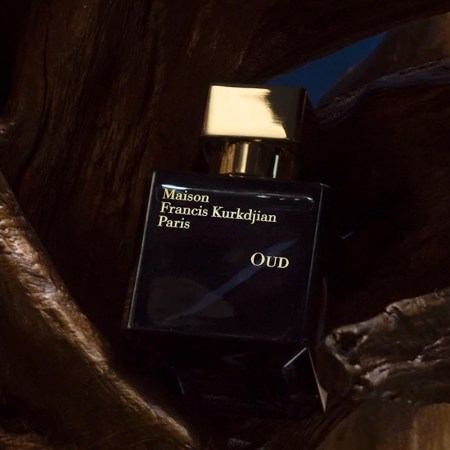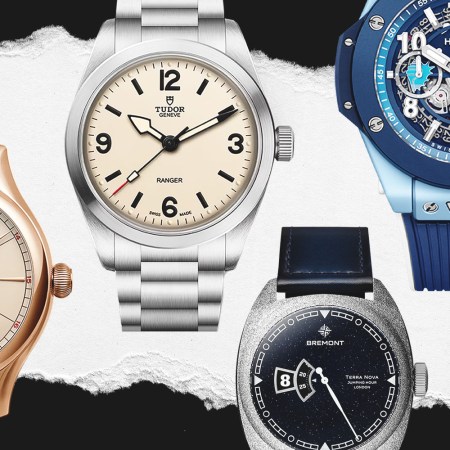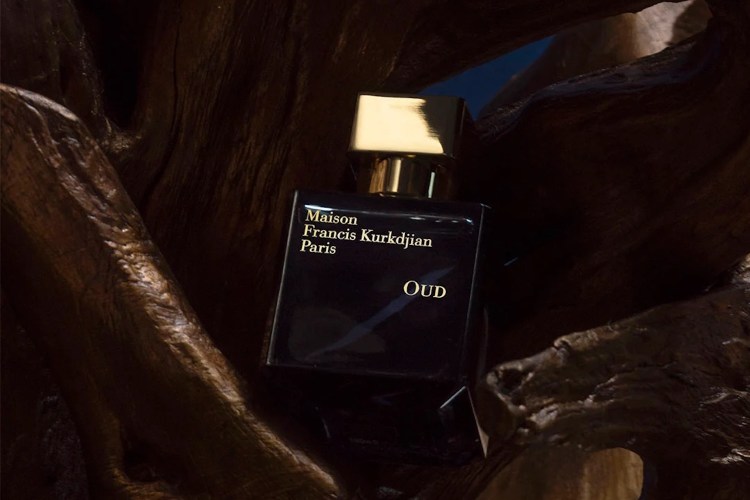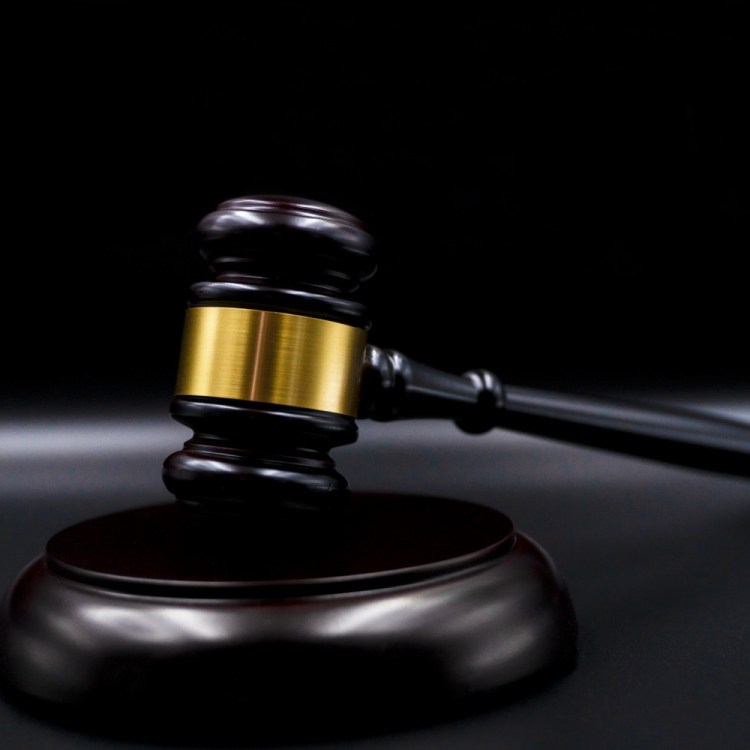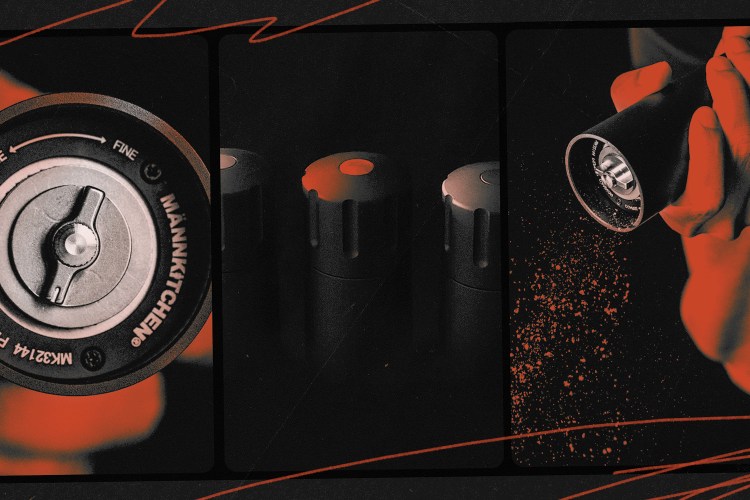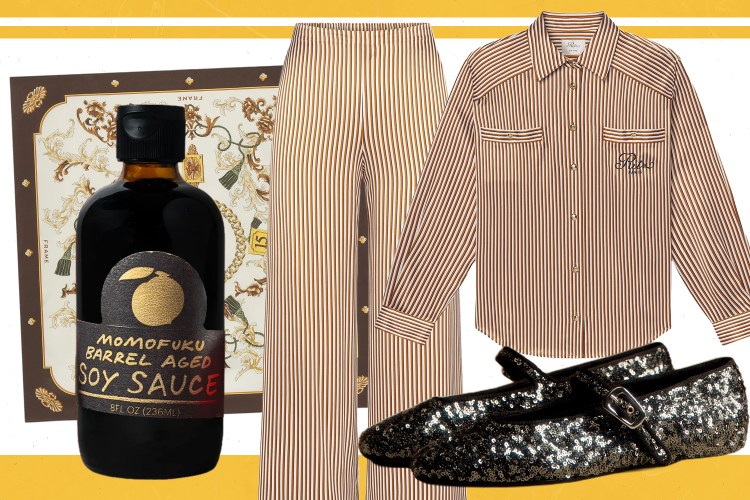David A. Vise, the author, was a Pulitzer Prize-winning reporter at The Washington Post for 23 years. He has also written several acclaimed non-fiction books, including ‘The Bureau and the Mole: The Unmasking of Robert Phillip Hanssen, the Most Dangerous Double Agent in FBI History.’
CNN’s publication and retraction of a story about the Trump-Comey conflict illustrates the biggest bias in journalism: the bias in favor of “The Story.”
Similarly, the high-profile reporting by The New York Times on alleged collusion between the Trump campaign and Russia was at least partially refuted by Comey. He asserted that “in the main” a February story about alleged contacts between Trump lieutenants and Russian government officials was not true. Hours later, the New York Times reported Comey’s comments, but largely stood by their original story.
From my 23 years as a reporter at The Washington Post, I learned from journalism’s giants that bias must be guarded against with vigilance. Legendary Washington Post Editor Ben Bradlee grilled reporters when major stories were based, as the CNN and Times stories were, on anonymous sources. Time and time again, Bradlee emphasized the importance of “getting it right,” a need that is heightened when nameless sources are used.
The pressure on reporters and columnists to publish stories that grab headlines and attention often causes them to overreach. This is what Bradlee’s successor as Editor, Len Downie dubbed “the bias in favor of The Story,” something Downie pushed editors to be aware of, and guard against.
This doesn’t mean that anonymous sources should not be used.
Frequently, cultivating sources that don’t want their names revealed is the only way for journalists to report important news and insights. In fact, the biggest journalism story of the last century, The Washington Post’s pursuit of Watergate—which led to the resignation of President Nixon in 1973—was based on an anonymous source known as “Deep Throat,” who was cultivated in part by my mentor, Bob Woodward.
Nevertheless, the darkest day in Washington Post history occurred just eight years later in 1981 when the newspaper was forced to give back a Pulitzer Prize it won for stories about a six-year-old heroin addict named Little Jimmy. Two of the best in the business, Bob Woodward and Ben Bradlee, oversaw that coverage as editors, but reporter Janet Cooke duped both of them into believing a tale she had made up completely—and which prompted a massive police search for the non-existent boy.
On the day The Post won the Pulitzer, Cooke admitted she had fabricated the story and Bradlee, for his part, commissioned a major independent investigation into The Post newsroom to determine what went wrong and how it could be prevented in the future. Safeguards were adopted, and nothing else like it has since occurred at the newspaper.
Bradlee once told me, “We don’t write the truth. We write what people tell us.” Having said that, he demanded that stories meet a high standard for credibility and guarded the newspaper’s reputation for accuracy zealously.
But Bradlee was also a competitive newspaper editor who highlighted articles from The New York Times and put them on reporters’ desks when that newspaper beat The Post on a story. Rather than admitting that they had been scooped, Post reporters, Bradlee said, frequently went into the “defensive crouch,” a phrase he coined to explain the excuses reporters made after being scooped.
As Washington Post Managing Editor Howard Simons said, “A newspaper at best captures history on the run,” meaning it was the first rough draft of history, and there would be errors. But too often inaccurate stories reported by the media that are blatantly wrong are not retracted, or retractions are buried while scoops hit the headlines.
For me as a reporter, the rule of thumb for stories based on anonymous sources was to have at least two sources. When I was covering the Justice Department and FBI for The Post, I also sought to avoid major reporting errors by establishing relationships of trust with the FBI Director and the Attorney General—and giving each of them the opportunity for feedback before publication. I also strived to ensure fairness in addition to accuracy by asking myself the following question: Would I feel the story was fair if it was written about me?
Whatever happened at CNN, I give the news organization, and the authors of the Comey-Trump misfire, credit for correcting the story and publicly admitting their mistake. The Times might consider a correction of their own given Comey’s testimony. Hopefully in the future, big stories based on anonymous stories will be subjected to greater scrutiny.
This article appeared in an InsideHook newsletter. Sign up for free to get more on travel, wellness, style, drinking, and culture.









